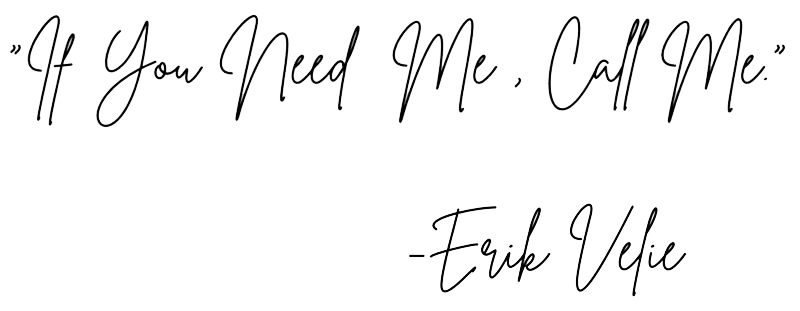Sexual harassment is a type of sex discrimination that defies Title VII of the Civil Rights Act of 1964. Sexual harassment is defined as unwelcome sexual advances, requests for sexual favors, and other verbal or physical conduct of a sexual nature where a person’s employment is affected because the employee submitted to or rejected the unwelcome conduct, or if the conduct unreasonably interferes with an individual’s work performance or creates a hostile work environment. Title VII addresses employers with at least 15 employees, including those in state and local government, as well as elements of the federal government.
What is Sexual Harassment?
Some common types of sexual harassment fall into one of the following categories:
- Unwanted sexual advances or invitations
- Visual conduct such as making sexual gestures, displaying sexually provocative pictures or objects, or inappropriate staring
- Verbal conduct such as making degrading comments, lewd remarks, sexually explicit jokes, or comments concerning a person’s body, clothing, appearance, sexual activity, etc.
- Physical conduct such as unwanted touching or impeding an employee’s ability to move
- Offering employment benefits in exchange for sexual favors, or demanding submission to sexual requests as a condition of continued employment
- Making or threatening reprisals after a negative response to sexual advances
- California law protects individuals who are the target of sexual harassment, who witness sexual harassment (for example a woman who witnesses her co-workers being groped and propositioned), or who help support others who are victims.
Sexual harassment does not always require sexual desire or motivation and can instead be motivated by things such as subjugation, control, and abuse of power. Sexual harassment laws are also gender neutral – the harasser can be a man or a woman, and the victim does not have to be of the opposite sex.
Other Types of Harassment
There are three major forms of harassment: verbal, nonverbal, and physical.
*Verbal Harassment
- Sexual or suggestive comments
- Poking fun at someone Imitating the way someone speaks
- Sexual propositions
- Obscene telephone calls or broadcasts over the two-way radio
- Offensive jokes
- Repeatedly prodding about someone’s personal life
- Threats or insults
- Inappropriate language in the workplace
*Non-verbal Harassment
- Hanging material on the wall that is offensive or contains sexual innuendos
- Suggestive gazes or sneers
- Practical jokes Impersonating someone with a disability
- Following someone
- Sabotaging someone’s work by denying them access to information
- Offensive bodily gestures
- Encouraging a coworker to speak crassly about or harass someone in the office
- Mandating that women perform domestic tasks around office (i.e. cleaning up after meetings)
*Physical Harassment
- Gratuitous physical contact against someone’s will (i.e. pinching, brushing up against, hugging)
- Sexual assault (i.e. attempting to touch someone’s breasts or genitals)
- Pushing, shoving, or jostling
- Placing your hand or object into someone’s pocket
Some behaviors may be difficult to ascertain whether they are acceptable or illegal harassment. When there is mutual consent on the part of two adults, and the behavior is not offending any of their coworkers, it is acceptable. For example, when a supervisor conducts a performance evaluation with a subordinate, it is not viewed as harassment unless the feedback is not truthful or inappropriate behavior occurs during the assessment.
Contact An Employment Attorney Today!
If you have been sexually harassed in the workplace, an employment attorney at Victory Law Group, LLP can help you today. Fill out a form online and we will reach out to you as soon as possible.

